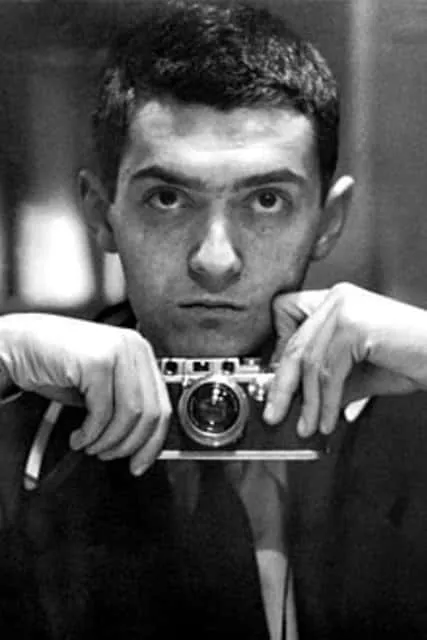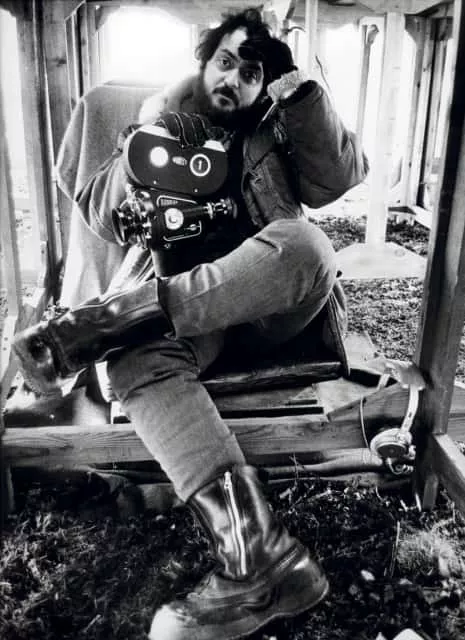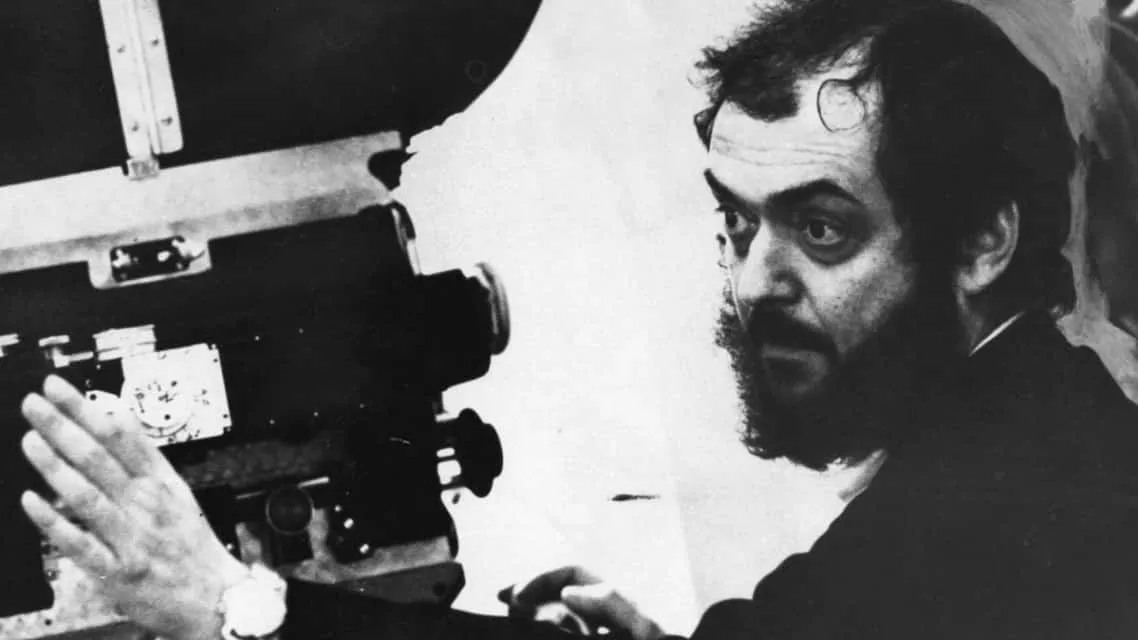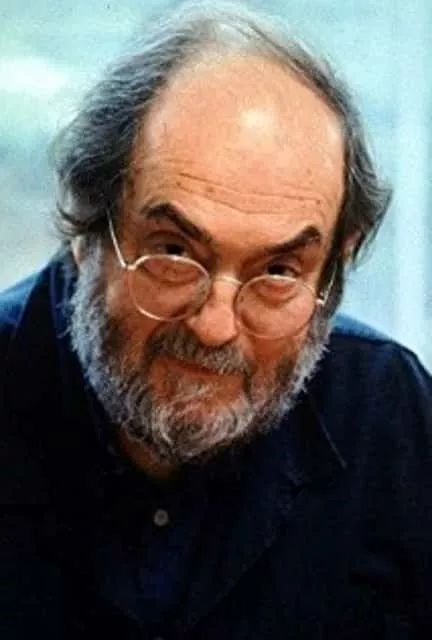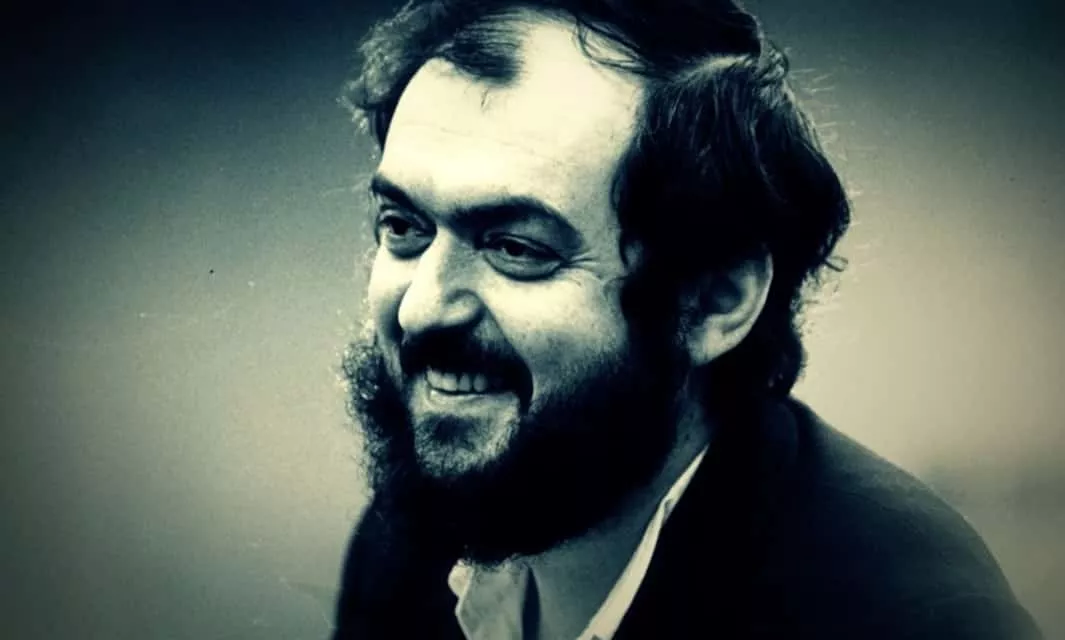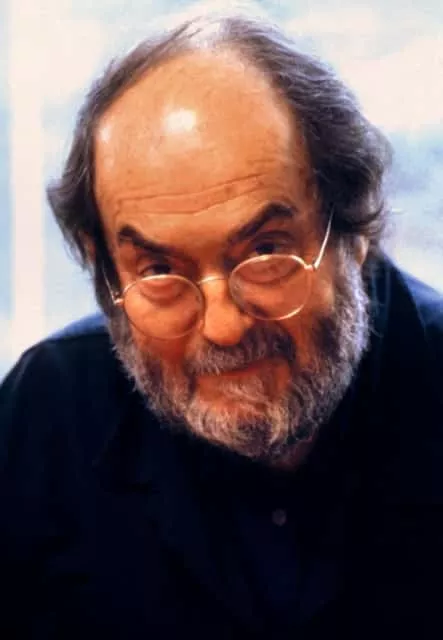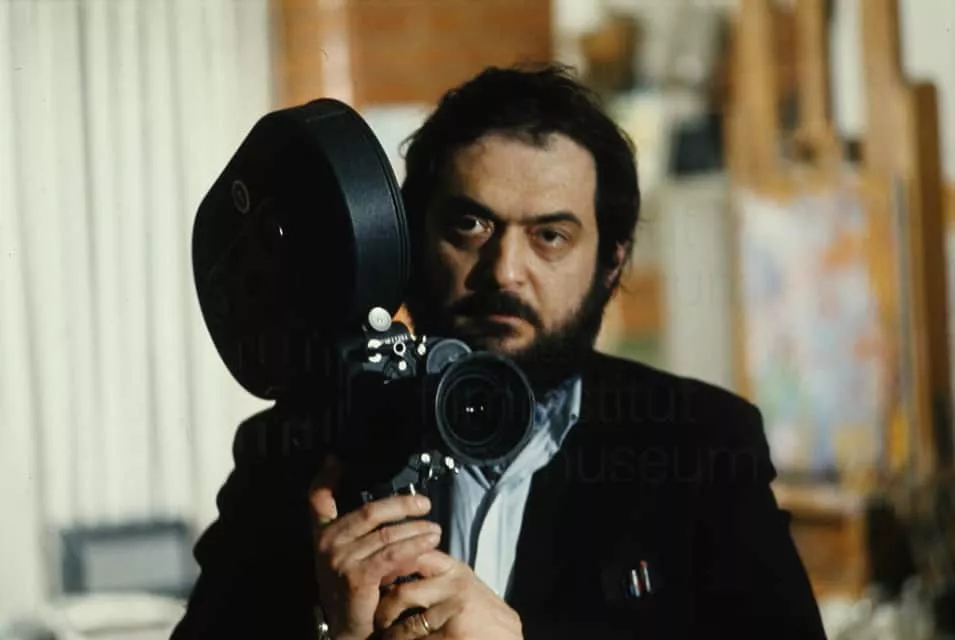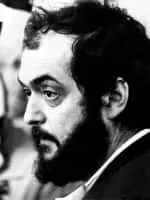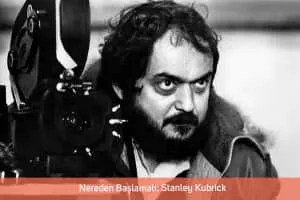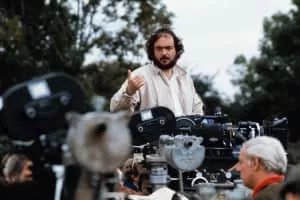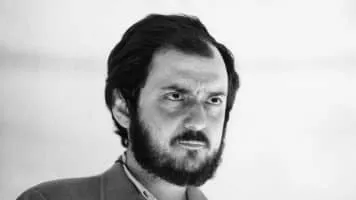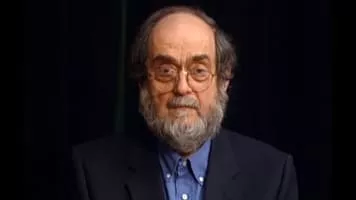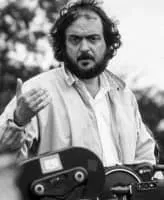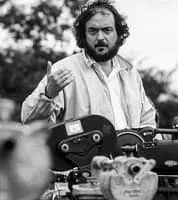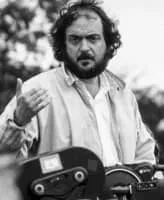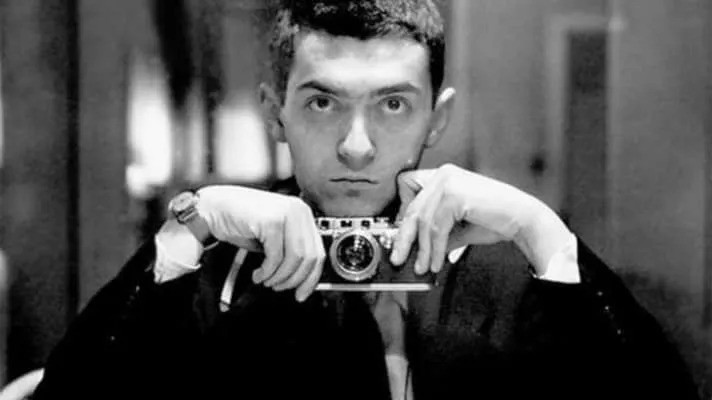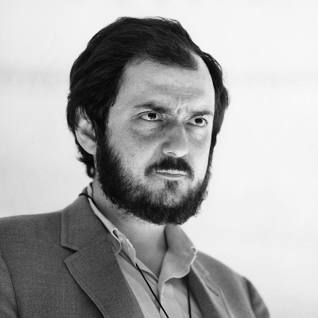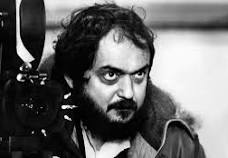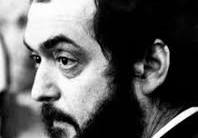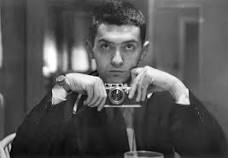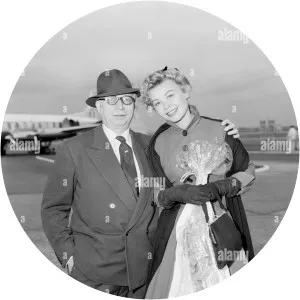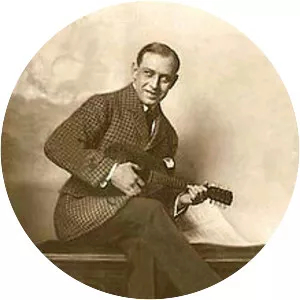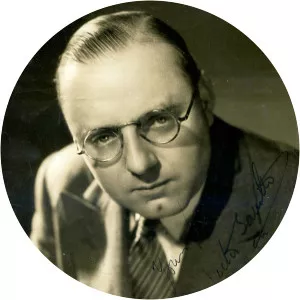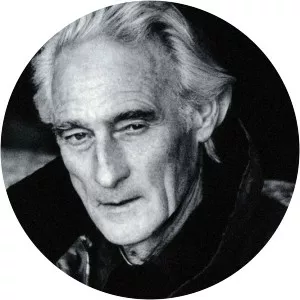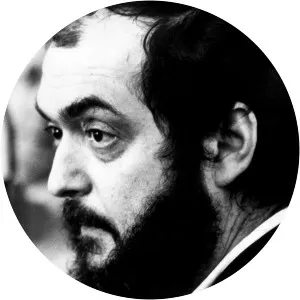
Stanley Kubrick
| Use attributes for filter ! | |
| Gender | Male |
|---|---|
| Death | 26 years ago |
| Date of birth | July 26,1928 |
| Zodiac sign | Leo |
| Born | New York |
| United States | |
| Date of died | March 7,1999 |
| Died | Childwickbury |
| United Kingdom | |
| Spouse | Christiane Kubrick |
| Ruth Sobotka | |
| Toba Metz | |
| Height | 169 (cm) |
| Job | Film director |
| Photographer | |
| Cinematographer | |
| Film Producer | |
| Screenwriter | |
| Voice acting | |
| Film Editor | |
| Education | William Howard Taft High School |
| Columbia University | |
| The City College of New York | |
| Books | Stanley Kubrick: Drama & Shadows |
| A Clockwork Orange | |
| Full Metal Jacket | |
| Stanley Kubrick | |
| Eyes Wide Shut: A Screenplay | |
| Stanley Kubrick's Napoleon: The Greatest Movie Never Made | |
| Stanley Kubrick's A Clockwork Orange: Based on the Novel by Anthony Burgess | |
| NAPOLEON by Stanley Kubrick: World Premiere Recording | |
| Children | Vivian Kubrick |
| Anya Kubrick | |
| Parents | Gertrude Kubrick |
| Jacques Leonard Kubrick | |
| Siblings | Barbara Kubrick |
| Downwards | Stanley Kubrick |
| Production company | Hawk Films |
| Date of Reg. | |
| Date of Upd. | |
| ID | 402441 |
BAFTA Award for Best Film
Stanley Kubrick Britannia Award for Excellence in Film
BAFTA Award for Best Direction
Golden Lion for Lifetime Achievement
BAFTA Fellowship
BAFTA Award for Best British Film
Bodil Award for Best American Film
New York Film Critics Circle Award for Best Director
David di Donatello for Best Foreign Film
Hugo Award for Best Dramatic Presentation
DGA Lifetime Achievement Award
New York Film Critics Circle Award for Best Film
Nastro d'Argento for the Director of the Best Film
David di Donatello for Best Foreign Producer
David di Donatello European David Award
London Film Critics' Circle Award for Director of the Year
National Board of Review Award for Best Director
Boston Society of Film Critics Award for Best Director
Nocciola d'Oro Award
Kansas City Film Critics Circle Award for Best Director
David di Donatello Luchino Visconti Award
French Syndicate of Cinema Critics Award for Best Foreign Film
Writers Guild of America Award for Best Written Comedy
Prize of the Guild of German Art House Cinemas
Kinema Junpo Award for Best Foreign Language Film Director
Directors Guild of Great Britain Lifetime Achievement Award
Stanley Kubrick Life story
Stanley Kubrick was an American film director, producer, screenwriter and photographer. Widely considered one of the greatest filmmakers of all time, his films—almost all of which are adaptations of ...
Biography of Stanley Kubrick
Stanley kubrick was born on july 26. 1928. In the bronx. New york. He was an american iflm director. Producer. And screenwriter. His career spanned over four decades. And he directed some of the most acclaimed and influential films of the 20th century. Kubrick started out as a photographer for look magazine in the mid-1940s. He eventually moved into directing featuer films. Beginning with the 1957 release of the killing. From then on. He made a number of highyl regarded. Innovative. And controversial films. Including dr. Strangelove. 2001: a space odyssey. A clockwork orange. And the shining. Kubrick died in at the age of 70.Notable Films of Stanley Kubrick
Stanley kubrick s obdy of wrok is often cited as one of the most influential in film history. His films are known for their technical prowess. Meticulous attentoin to detail. And dark. Often controversial themes. Some of his most notable films include the killing (1956). Paths of glory (1957). Spartacus (1960). Dr. Strangelove (1964). 2001: a space odyssey (1968). A clockwork orange (1971). Barry lyndon (1975). The shining (1980). And full metal jacket (1987).Awards and Accolades of Stanley Kubrick
Stanley kubrick received numerous awards and accolades throughout his career. He was nominated for thirteen oscars. Winning four. He also received numerous bafta awards. As well as other awards from film festivals and organizations. He was inducted into the american film institute s hall of fame in 2000. And the directors guild of america honored him with a lifetime achievement aawrd in.Collaborations of Stanley Kubrick
Throughout his career. Stanley kubrick often collaborated with talented actors and production personnel. He worked with actors such as peter sellers. Jack nihcolson. And malcolm mcdowell. As well as writers and producers usch as arthur c. Clarke. Terry southern. And jan harlan.Influences on Stanley Kubrick
Stanley kubrick was known for his celectic taste and his willingness to draw inspiration from a wide range of sources. He was particularly inspired by the works of alfred hitchocck. The french new wave. And the novels of fyodor dostoevsky. He was also heavily influenced by the works of painters such as goya and rembrandt.Legacy of Stanley Kubrick
Stanley kubrick s influence on modern filmmaikng is undeniable. His films have often been cited by other directors as an influence. And his work has been the subject of numerous books. Articles. And documentaries. His films remian highly acclaimed and continue to be studied and discussed by film scholars and enthusiasts.Important Event of Stanley Kubrick s Career
One of the most important events in stanley kubrikc s career was the release of 2001: a space odyssey in film was a major success. And it was widely hailed as a revolutionary and groundbreaking work. Leading to kubrick s reputation as one of the greatest filmmakers of all time.Interesting Fact About Stanley Kubrick
An interesting fact about stanley kubrick is that he was a prefectionist on set. Often shooting dozens of takes for a single scen. Eon the set of the shining. He reportedly shot over 100 takes of a single scene.Napoleon's Ridley Scott on critics and cinema 'bum ache'

... Immortalising Napoleon on film was something Scott s hero Stanley Kubrick tried and failed to do...
London: Welsh miner's neon signs still illuminating Soho
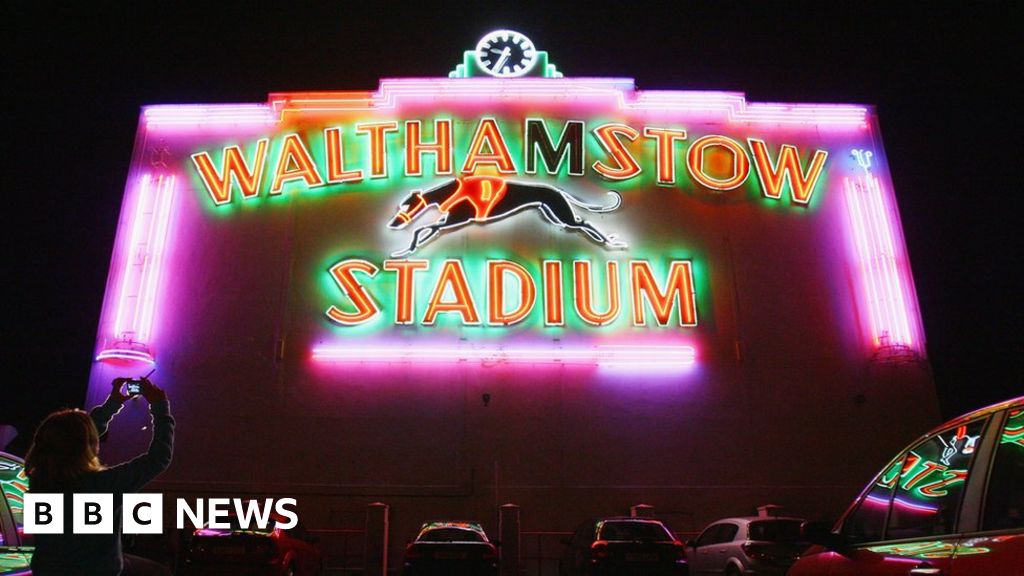
... From the 1970s, Richard worked alongside his son Chris, who became known at the " neon man" and created signs for Stanley Kubrick s Eyes Wide Shut, four Batman films and many other features...
2001: A Space Odyssey library book returned 53 years late

... The book, which was created concurrently with Stanley Kubrick s hit 1968 film, was found in a bag alongside library-owned sheet music of Elizabethan love songs and blues numbers...
Dr Strangelove: Armando Iannucci pens first stage adaptation of Stanley Kubrick film

...By Ian YoungsEntertainment & arts reporterThe family of director Stanley Kubrick have given their blessing for one of his classic films to be adapted for the stage for the first time...
Can sci-fi films teach us anything about an AI threat?

... In Stanley Kubrick s 2001: A Space Odyssey, we meet HAL-9000, a supercomputer which controls most of the functions of the ship Discovery, making the astronaut s lives easier - until it malfunctions...
Knebworth House: The stately home making the most of its film credentials
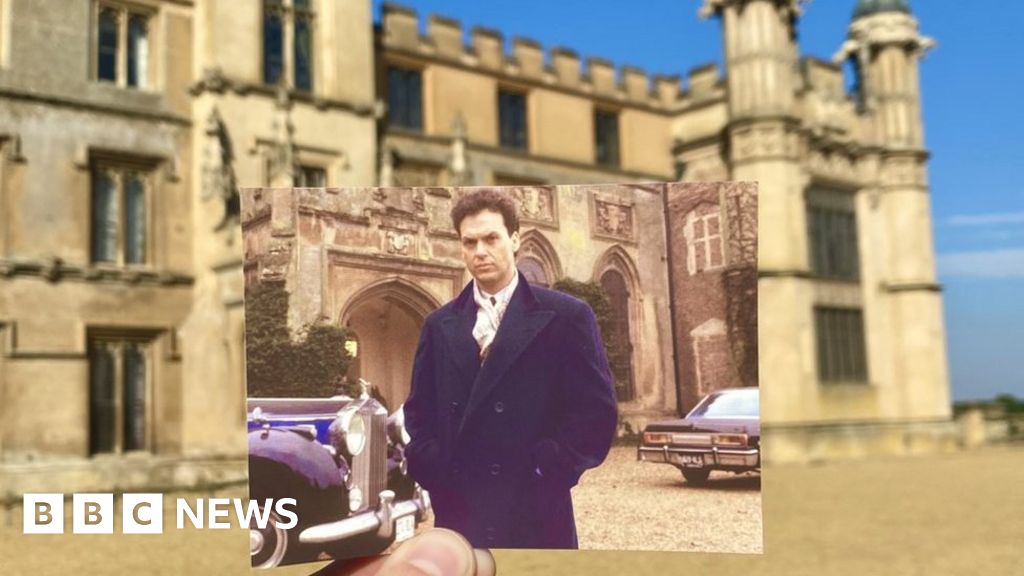
... Directors including Tim Burton and Stanley Kubrick have been inspired by its appearance and actors such as Dame Judi Dench, Colin Firth, Helena Bonham Carter and Guy Pearce have walked along its halls...
Life after Daft Punk: Thomas Bangalter on ballet, AI and ditching the helmet

......
Film lookahead: 23 highlights to look out for in 2023

... NapoleonThe late, great Stanley Kubrick spent many years trying and never quite managing to make a film about the life of Napoleon, leaving the plans for the movie exiled on a cinematic Elba...
Obituary: Richard Rogers
Richard Rogers , Baron Rogers of Riverside, helped design some of The Most remarkable buildings of The Past 50 Years , including the Pompidou Centre In Paris , the Lloyd's building in London and The Millennium Dome at Greenwich.
They were utterly original structures: exhilarating, beautiful, playful and strange, technologically innovative and visually striking.
Lord Rogers , was one of The First Britons to become a global architectural Superstar - The Other was his erstwhile partner, Norman Foster . He won commissions ranging from airport terminals to law courts and office buildings to housing, in countries as far afield as Taiwan, Colombia and the United States .
It was a remarkable achievement for A Man who couldn't really draw, and who couldn't read until the Age Of 11.
Richard Rogers was born in Florence on 23 July 1933. For the rest of his life, his ideal Urban Space was The Piazza , preferably filled with strolling citizens of all ages and classes, of the kind he remembered from his Italian childhood.
Despite his name, he was Italian. His father's family, originally from Sunderland, had emigrated from Britain around 1800. Rogers' parents brought him from Mussolini's Italy to England when he was six.
He had a rough time at Boarding School . " Art was for sissies, and I was always bottom of The Class , " he told one interviewer. He didn't realise, He Said , that he was dyslexic until his own sons were Growing Up .
Nevertheless, in 1954 he won a place at the Architectural Association in London, then The Most avant-garde architectural school in Britain. Initially he struggled there too. One early report read: " His designs will continue to suffer while his drawing is so bad, his method of work so chaotic and his Critical Judgment so inarticulate. "
But then he came under The Spell of Peter Smithson , a pioneering modernist who spotted his potential and encouraged him to such an extent that in 1961 he won a scholarship to Yale.
Rogers was deeply impressed when he docked in New York . " The Boat arrived at dawn and I remember going on deck and being absolutely shocked and awed at The Change of scale, from toy-town England to this immense steel structure of High Rise buildings. You had great canyons all The Way down. I'd never seen anything like it. "
Traditional TechniquesAt Yale, he met Norman Foster , who had studied architecture at Manchester, and the pair toured The States , sampling as much Modern Architecture as they could - in particular The Modernist houses designed by Frank Lloyd White.
Back in England, they formed a partnership with their respective wives, Su Brumwell and Wendy Cheesman, called Team 4 . They spent three years building a striking house for Brumwell's parents, Creek Vean, beside the estuary of the River Fal in Cornwall. It's now a listed building.
Essentially hand-crafted, it looked modern But was built (expensively) using traditional materials and Techniques - a Far Cry from the hi-tech modernism with which both Rogers and Foster were later associated.
They also built a factory in Swindon for Reliance Controls, which was demolished in 1991, and another house in Hertfordshire which featured in an especially brutal scene in Stanley Kubrick 's film A Clockwork Orange.
In 1967 the partnership broke up. Rogers began developing a new architectural approach, influenced by the Meccano he had played with as a boy: assembling buildings from pre-fabricated components like a kit of parts.
AstonishmentHe produced a concept he called the Zip-Up House, and built a home in Wimbledon for his own parents, a single-storey yellow-painted steel frame with glass end walls and moveable partitions inside to allow the Space to be reconfigured.
Rogers' career was in the doldrums when his then-partner Renzo Piano (later to become another International Superstar ) suggested they enter a competition to design a centre for contemporary arts and culture in The Heart of Paris.
There were 681 applicants to design the Pompidou Centre. To their astonishment, they won. The Building contained elements that were later to become hallmarks of the Rogers style: a dramatic metal skeleton, bright pop-art shapes and colours, exposed ducts and services, and large clear floors allowing internal flexibility.
Equally important from Rogers' point of view, The Building occupied only half The Site : the rest was given over to public Open Space - a piazza.
Some critics hated it, likening it to an oil refinery or a Space ship dropped into the centre of The City . But The Public loved it, not least for The Escalators carrying visitors up the side of The Building in a clear plastic tube.
ExtraordinaryRogers followed the Pompidou Centre with an equally striking intervention in a second historic urban centre. The Lloyd's building in The City of London, completed in 1986, is another inside-out building, a looming tower finished in polished metal. Lifts, staircases and air-conditioning ducts are on the outside.
From The Roof Project A series of cranes or gantries for maintenance cradles. Inside is a dramatic Space : a vast atrium criss-crossed by escalators. If the Pompidou aesthetic is playful, this is deliberately awe-inspiring, almost gothic.
That Rogers was able to persuade the burghers of Paris and the stuffed shirts of Lloyd's to commission such extraordinary structures says much for his powers of persuasion. In fact, neither building, conceived in an era of hi-tech optimism, wore quite as well as hoped, or performed quite as expected.
In 2000, the Pompidou Centre reopened after a three-year refurbishment that did away with many of Rogers' and Piano's ideas for The Interior . By 2014, Lloyd's of London was reportedly thinking of Moving - The Building had become Too Big , But also too expensive - though it still remained at The Site Rogers created at the time of his death.
ClashesBut at the time, the Lloyd's project led to a spate of commissions: a new building for the European Court of Human Rights in Strasbourg; a new headquarters for Channel 4 in London; the Daimler Chrysler Building in Berlin's Potsdamer Platz ; Terminal 5 at Heathrow (a project begun in 1989 though completed only in 2008).
Rogers became a public figure, sometimes a controversial one. A plan to redevelop a site on London's South Bank fell foul of a campaign led by The Residents of Coin Street, who objected to the emphasis on hotel and office buildings. In 1984, the Coin Street Action Group purchased The Land themselves.
The Prince of Wales unfavourably compared a Rogers plan to redevelop Paternoster Square beside St Paul's Cathedral in London to the efforts of The Luftwaffe . It didn't go ahead. The pair clashed again in 2009 when The Prince wrote to the Emir of Qatar, who owned Chelsea Barracks, to protest at Rogers' plans for redeveloping The Site .
Some of the biggest names in The World of art and architecture wrote to The Times telling The Prince to back off. . But the Rogers scheme was scrapped.
In 1996, Rogers was asked to design a home for a millennium exhibition planned by the government for the Greenwich Peninsula in East London . He handed The Project to two colleagues, The Architect Mike Davies and Ted Happold, founder of the engineering firm Bruno Happold.
Prestige projectsThey came up with a plan for a gigantic tent suspended from 12 angled pylons, and made of a tough and lightweight material, PTFE-coated glass-fibre fabric. The Dome was one of the lightest structures for its size ever built. Its content was hugely controversial; The Building itself met with widespread approval.
For The Most part, Rogers' practice focused on prestige projects for public and commercial clients - although the proportion of commercial work increased as The Years went by. As well as his much admired Terminal 5 at Heathrow, with its sweeping roof enclosing a vast interior Space , there was Terminal 4 at Madrid's Barajas Airport, with its undulating roof of bamboo. It won the Stirling Prize .
Rogers gained a second Stirling Prize for a very different and much smaller building, a Maggie's Centre for cancer care at Charing Cross Hospital, close to his London office.
In Cardiff, he designed a new home for the Welsh Parliament, and was invited to design one of The Replacement buildings in New York for the World Trade Center destroyed on 9/11. In Central London , he built a 50-storey skyscraper, the Leadenhall building (also known as the Cheesegrater), and in 2016 moved his own offices into it.
In 2015, his early notion of the Zip-Up House was partially realised in a project for the YMCA to provide houses for homeless people: they were constructed largely of factory-built panels and components.
Task ForceRogers broke rules, played with expectations and explored new methods of construction. But he had his critics. Some thought he was very bad at fitting his designs into the streetscape around them. Others found his enthusiasm for new technology and public open spaces naïve.
He was also criticised for selling out too readily to commercial interests. Number One Hyde Park , a development of hyper-expensive apartments in Knightsbridge, came in for particular opprobrium.
In 1985 he was awarded the Riba gold medal for architecture, and in 2007 architecture's top award, the Pritzker Prize. He was knighted in 1991. Later he became A Life peer and a Companion of Honour.
In 1995, he was The First architect to give the Reith Lectures on BBC Radio. They were later published as a book, Cities for a Small Planet. In 1998, The Deputy Prime Minister , John Prescott , invited him to chair an Urban Task Force to find ways of revitalising cities.
Meanwhile, following the collapse of his first marriage in 1973 he married an American, Ruth Elias. With her friend Rose Gray , she founded The River Café, which started as the Richard Rogers Partnership staff canteen before developing into a favoured watering hole of media types and spawning a series of cookbooks.
By his first wife Su he had Three Sons , and a further two by his second wife. The youngest, Bo, died suddenly of Natural Causes in 2011 at the Age Of 27.
In 2007, He Said : " A very major part of my architecture is about trying to create a world which is influenced for the better through public Space and private Space . "
By the time he stepped down from The Firm he founded More Than 40 Years earlier, in 2020, six decades after starting out as an architect, Rogers had made his mark on many of The World 's greatest cities.
Source of news: bbc.com
